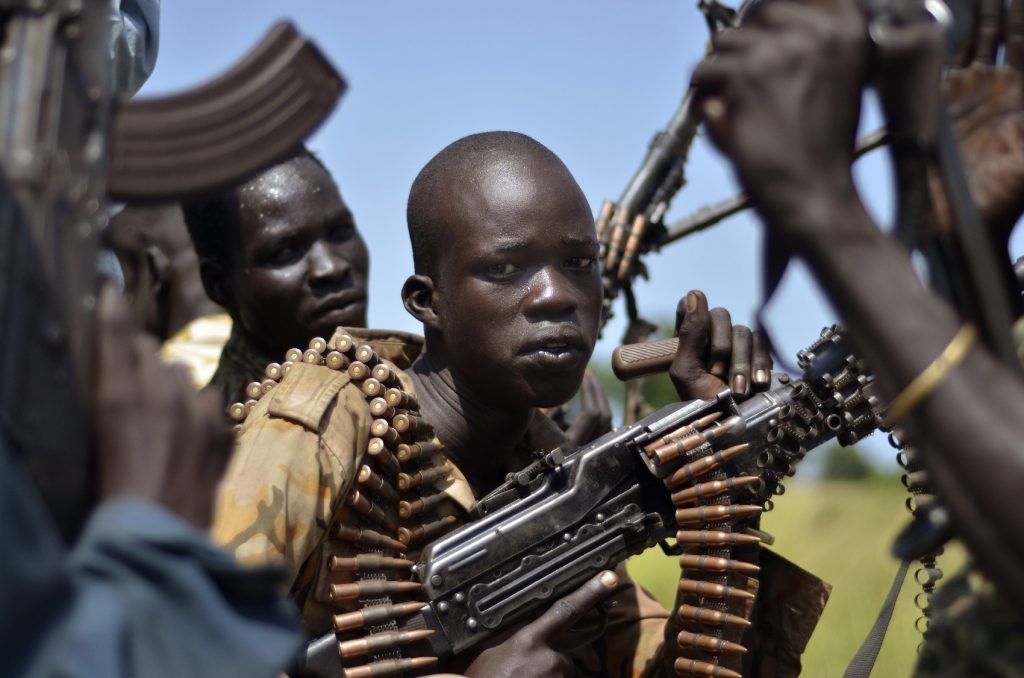Already a subscriber? Make sure to log into your account before viewing this content. You can access your account by hitting the “login” button on the top right corner. Still unable to see the content after signing in? Make sure your card on file is up-to-date.
A new report has revealed that more than half of South Sudanese children are trapped in the worst forms of child labour and exploitation.
Getting into it: The report, released by the Government of South Sudan in collaboration with Save the Children, surveyed over 418 households across seven states and found that 64% of children aged 5 to 17 are engaged in dangerous, illegal, and exploitative work. In some of the hardest-hit areas, that number rises to 90%, with children being pulled from school and forced into gold mining, cattle herding, farming, and even joining armed groups. The report describes a trend in which children often begin with lighter labour before being drawn into “increasingly dangerous and exploitative work” that leaves them exposed to violence, trauma, and long-term harm.

The report also highlights how persistent flooding, displacement, hunger, and local conflict have uprooted families and stripped children of protective environments. Gendered exploitation is also a key theme: boys are more likely to be pushed into armed groups or dangerous labour, while girls face disproportionate levels of forced marriage and sexual abuse.
The data also shows that 70% of these children come from households where caregivers are aware of child labour laws, yet the protections simply aren’t working. Meanwhile, two-thirds of the children surveyed were unaware that help or support services even existed.
According to the report, children who attend school are significantly less likely to be forced into labour. Chris Nyamandi, Save the Children’s South Sudan Country Director, said, “Education remains the strongest protective factor. Children who attend school are far less likely to be engaged in exploitative labour. If we strengthen education, rebuild livelihoods, and prioritise child protection, we can reverse this trend. Every child deserves the chance to learn and thrive—not to work to survive.”







